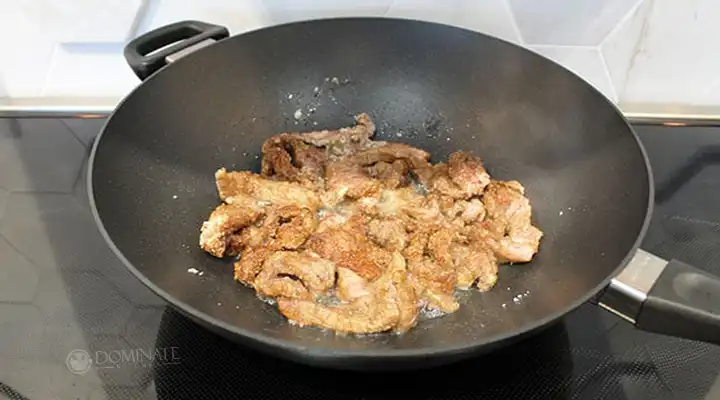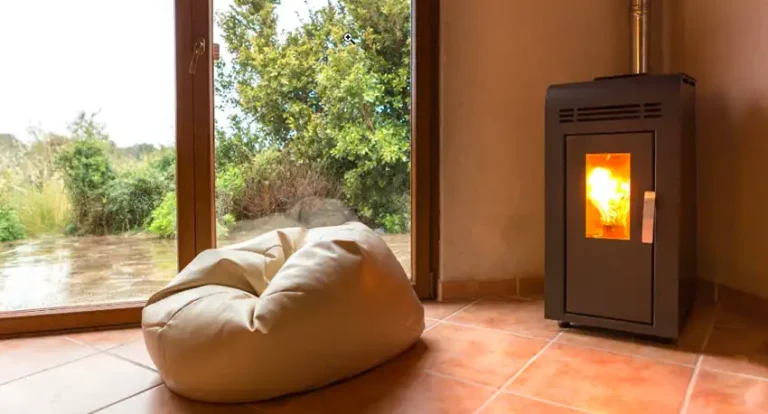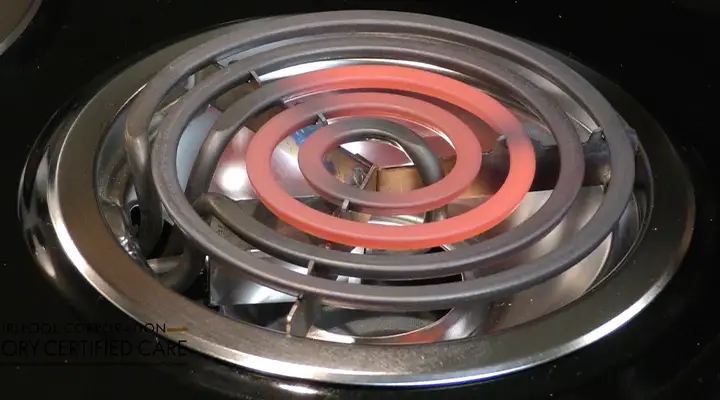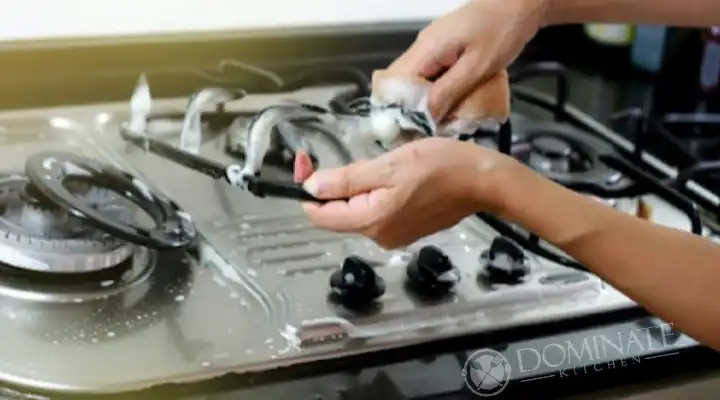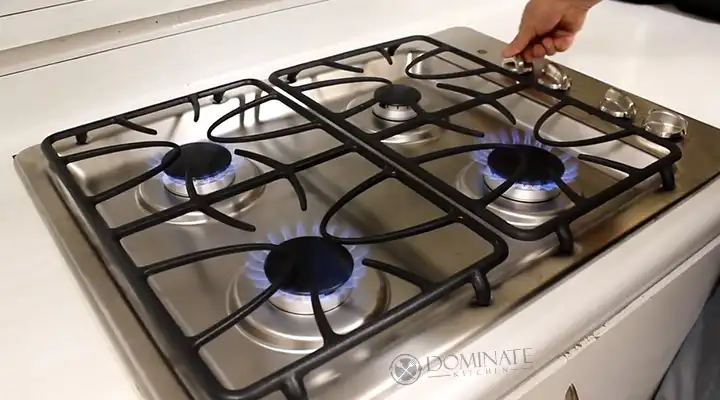[EXPLAINED] How Much Electricity Does a Stove Use?
Our kitchen stoves are the workhorses of our culinary adventures, and understanding how much electricity they consume is essential for both managing energy costs and minimizing our environmental impact.
Generally, electric stoves use between 1,000 and 3,000 watts, while ovens use between 2,000 and 5,000 watts. Running both for around 7 hours per week results in about 1,022 kilowatt-hours (kWh) of electricity per year, costing approximately $145 annually or $12.08 per month. Regional electricity rates can influence the cost.
It’s just a glimpse of the overall scenario. Take a few minutes and keep reading the article till the end to know details about the electricity usage of stoves and ovens, along with a few additional insights from online sources. By the end, you’ll have a comprehensive understanding of the topic, allowing you to make more informed choices regarding your energy consumption.
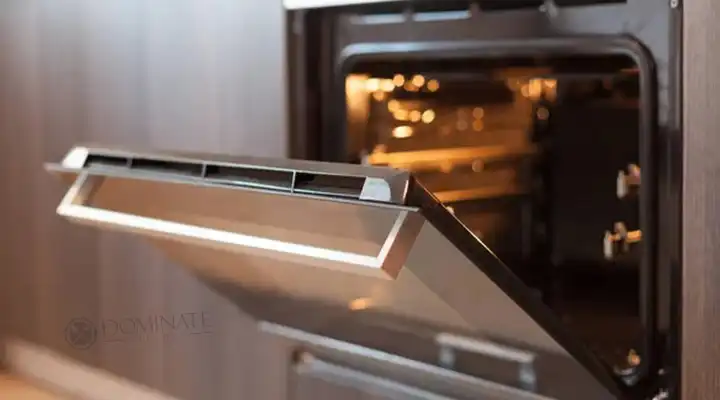
How Much Energy Does an Electric Stove and Oven Use?
Before we get into the details about electricity consumption, it’ll be better to take a quick look at the types of stoves available and their energy requirements.
Electric Stoves
Electric stoves are widely used and come in various models, each with its own power consumption. On average, they utilize between 1,000 and 3,000 watts of electricity, and they are typically equipped with 240-volt outlets.
Ovens
Ovens, often integrated with stoves, use approximately 2,000 to 5,000 watts of electricity. The specific model and cooking habits can significantly affect their energy consumption.
Estimating Electricity Usage
On average, running an electric stove and oven combination for about 7 hours per week can result in an annual consumption of roughly 1,022 kilowatt-hours (kWh) of electricity. In terms of cost, it amounts to about $12.08 per month or $145 per year, based on state average electricity rates.
Additional Insights
Range of Electricity Usage
Different wattage ovens and stoves yield varying electricity consumption over the course of a year. Assuming an average usage of 1 hour per day, here’s a rough breakdown of yearly electricity usage for stoves with different wattages –
| Range Wattage | Hours Per Year Run | Yearly kWh Of Electricity |
| 4,800 W | 365 | 1,752 kWh |
| 4,400 W | 365 | 1,606 kWh |
| 4,000 W | 365 | 1,460 kWh |
| 3,600 W | 365 | 1,314 kWh |
| 3,200 W | 365 | 1,168 kWh |
| 2,800 W | 365 | 1,022 kWh |
| 2,400 W | 365 | 876 kWh |
| 2,000 W | 365 | 730 kWh |
As you may already realize here the simple formula for determining the yearly kWh is – (Range Wattage / 1000) / Hours Per Year Run. It’s important to note that these figures are approximate and can vary based on factors like the oven’s size, the specific model, and the length of cooking time.
Voltage and Amperage
Stoves and ovens require a 240-volt outlet and can pull anywhere from 20 to 60 amps. The wattage of these appliances is determined by their voltage and amperage, making them energy-intensive.
Regional Cost Differences
The cost of running an oven and stove combination can fluctuate depending on your location. Interestingly, there’s a formula for calculating the operational expenses of an electric stove –
Electricity Cost = Power x Duration x Electricity Rate
For instance, if you possess a 4,000-watt or, 4kW electric stove and employ it for a single hour at an electricity rate of 15 cents per kilowatt-hour, the cost would be: 4 kW x 1 hour x $0.15 = $0.6
For easier understanding, here’s a breakdown of monthly and yearly costs to run an oven in various states, taking into account state average electricity rates (these costs are based on state average electricity rates from October 2021) –
| State | Average Electricity Rate | Cost Per Month | Cost Per Year |
| Florida | 12.21 ¢ / kWh | $10.42 | $125 |
| Texas | 12.56 ¢ / kWh | $10.67 | $128 |
| Maryland | 14.48 ¢ / kWh | $12.33 | $148 |
| Washington | 10.38 ¢ / kWh | $8.83 | $106 |
| Massachusetts | 22.59 ¢ / kWh | $19.25 | $231 |
| US Average | 14.19 ¢ / kWh | $12.08 | $145 |
| California | 22.00 ¢ / kWh | $18.75 | $225 |
| New Jersey | 16.20 ¢ / kWh | $13.83 | $166 |
| New York | 20.59 ¢ / kWh | $17.50 | $210 |
| Virginia | 12.58 ¢ / kWh | $10.75 | $129 |
Conclusion
Now that you have a comprehensive understanding of how much electricity a stove uses, you can make informed decisions about your energy consumption. Whether you’re looking to save on electricity bills or considering transitioning to solar energy, these insights can help you on your journey to a more energy-efficient and sustainable lifestyle. I hope this article has provided you with valuable insights into the electricity consumption of stoves and ovens. If you have any more questions or need further information, feel free to reach out.
People Also Ask
Are gas stoves more energy-efficient than electric stoves?
Generally, gas stoves are considered more energy-efficient due to their lower electricity consumption. However, overall efficiency depends on various factors, including your cooking habits and maintenance.
Can I offset the energy costs of my stove and oven with solar panels?
Yes, you can potentially offset your electricity costs by installing solar panels. It’s recommended to compare solar quotes from local installers to determine the feasibility of your specific situation.
How can I calculate my own stove and oven’s energy usage?
To estimate your appliance’s energy consumption, multiply its wattage by the hours you use it annually, then multiply it by your local electricity rate. For monthly costs, divide the yearly cost by 12.
What are the benefits of using energy-efficient cookware with stoves and ovens?
Energy-efficient cookware heats up quickly and retains heat effectively, reducing the time and energy required for cooking.
Are induction stoves a more energy-efficient alternative to traditional electric stoves?
Yes, induction stoves are known for their energy efficiency as they heat cookware directly and minimize heat waste.

